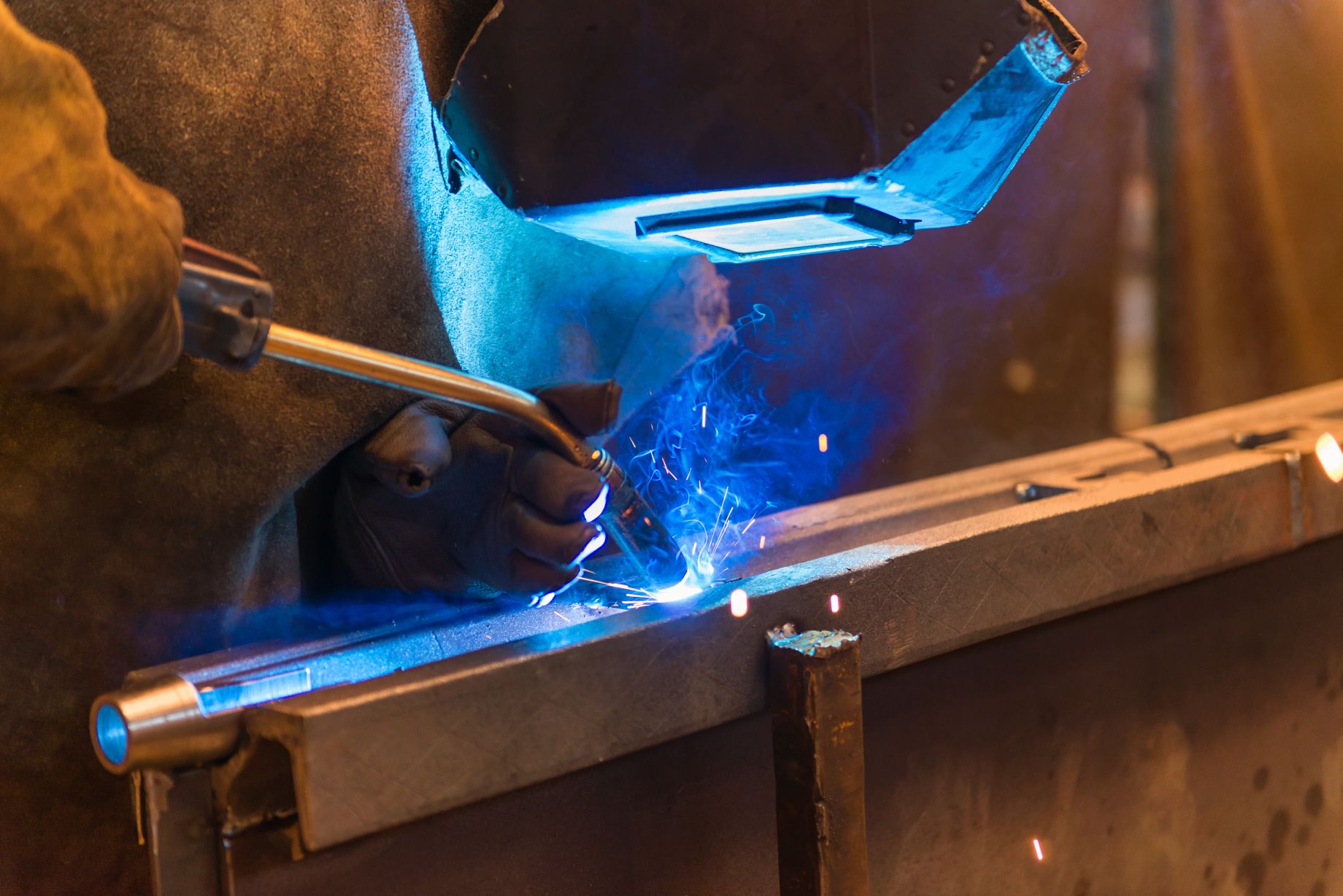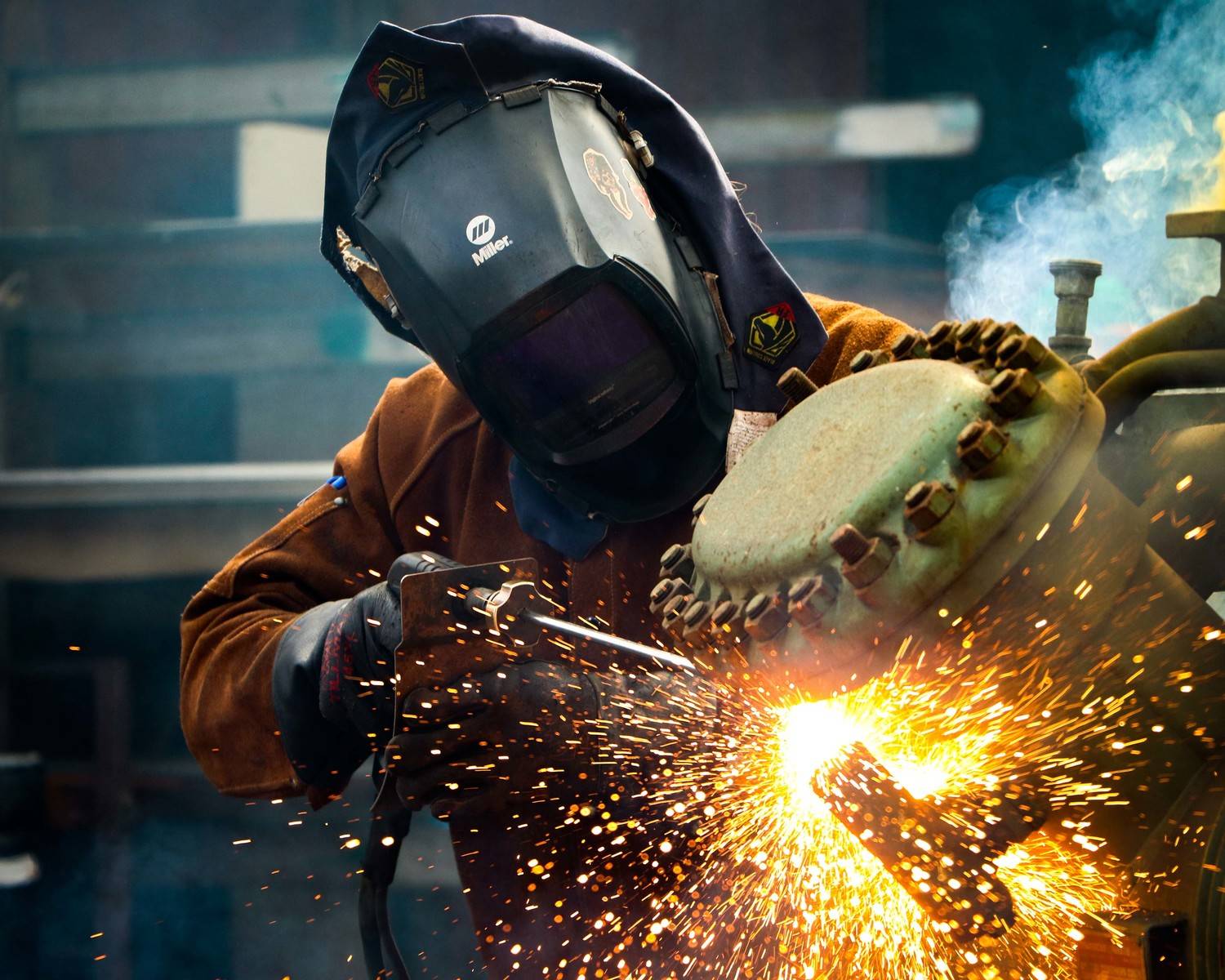Advanced Welding WPS: Customizing Requirements for Facility Jobs
Advanced Welding WPS: Customizing Requirements for Facility Jobs
Blog Article
Understanding Welding WPS Specifications: Ideal Practices and Techniques for Quality Welds
In the world of welding, mastering Welding Procedure Spec (WPS) standards is a crucial component that straight influences the high quality and integrity of welds. Sticking to these standards ensures consistency and reliability in welding end results. Nevertheless, attaining quality in welds surpasses merely recognizing the requirements; it entails applying ideal methods and strategies that elevate the craft to a degree of accuracy and ability that distinguishes the standard from the extraordinary. As we browse through the intricacies of welding WPS criteria, discovering essential understandings and techniques for achieving top-tier welds will be extremely important for welders looking for to excel in their craft and generate welds that stand the test of time.
Comprehending Welding WPS Requirements

Understanding WPS standards is essential for welders, examiners, and designers associated with welding procedures. By complying with WPS guidelines, welders can generate welds that satisfy the required mechanical buildings and architectural integrity. Assessors depend on WPS documents to confirm that welding treatments are being followed appropriately and that the resulting welds are of excellent quality. Engineers make use of WPS requirements to make welding procedures that make sure the sturdiness and reliability of bonded structures.


Essential Tools for Quality Welds
Mastering welding WPS standards is necessary for welders to properly utilize the necessary tools required for producing quality welds. The kind of welding machine needed depends on the welding procedure being utilized, such as MIG, TIG, or stick welding. Wire brushes and cracking hammers are important for cleaning up the weld joint before and after welding to remove any pollutants that can influence the high quality of the weld.
Trick Strategies for Welding Success
To attain welding success, one need to grasp the crucial methods vital for creating top notch welds. Maintaining a steady welding and a consistent hand placement throughout the procedure is essential to attaining precision and uniformity in the welds. By mastering these vital techniques, welders can elevate the high quality of their work and accomplish welding success.
Ensuring Conformity With WPS Specifications

Furthermore, welders must go through training to acquaint themselves with the WPS requirements appropriate to their work. Regular audits and evaluations should be performed to validate that welding activities align with the recommended WPS standards. Furthermore, maintaining comprehensive records of welding parameters, tools calibration, and assessment results is crucial for demonstrating conformity with WPS criteria - welding WPS. By faithfully adhering to WPS requirements, welders can guarantee that their job meets the needed quality levels and contributes to the total success of the welding task.
Troubleshooting Common Welding Issues
When confronted find more information with typical welding problems, recognizing the source is essential for effective troubleshooting. One common issue is the existence of porosity in welds, typically created by pollutants such as rust, moisture, or oil. To resolve this, ensuring proper cleansing of the base steel before welding and using the appropriate protecting gas can significantly decrease porosity. An additional concern often come across is absence of combination, where the weld stops working to correctly bond with the base product. This can stem from insufficient heat input or incorrect welding technique. Changing specifications such as voltage, cable feed speed, read the article or travel rate can assist enhance blend. In addition, distortion, breaking, and spatter prevail welding difficulties that can be reduced with proper joint preparation, regular warmth control, and selecting the appropriate welding consumables. By extensively understanding these typical welding concerns and their source, welders can properly fix troubles and accomplish premium welds.
Final Thought
In verdict, understanding welding WPS criteria calls for a detailed understanding of the guidelines, utilizing essential devices, and implementing key methods for successful welds. Making certain compliance with WPS standards is vital for generating high quality welds and avoiding typical welding concerns. By complying with finest methods and techniques, welders can achieve constant and trustworthy lead to their welding projects.
In the world of welding, grasping Welding Treatment Spec (WPS) standards is a crucial part that straight influences the top quality and stability of welds.When delving into the realm of welding practices, a crucial element to comprehend is the significance and intricacies of Welding Procedure Requirements (WPS) standards. WPS standards offer a thorough guideline for welding operations, guaranteeing uniformity, top quality, and safety in the welding process. The type of welding machine required depends on the welding process being used, here such as MIG, TIG, or stick welding.Attaining welding success via the proficiency of crucial methods requires an extensive understanding and adherence to Welding Treatment Specification (WPS) requirements.
Report this page